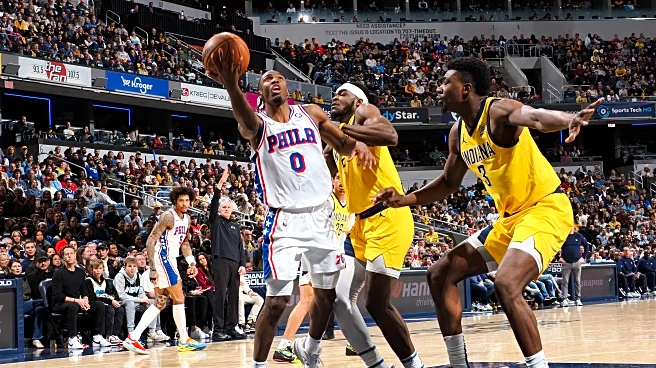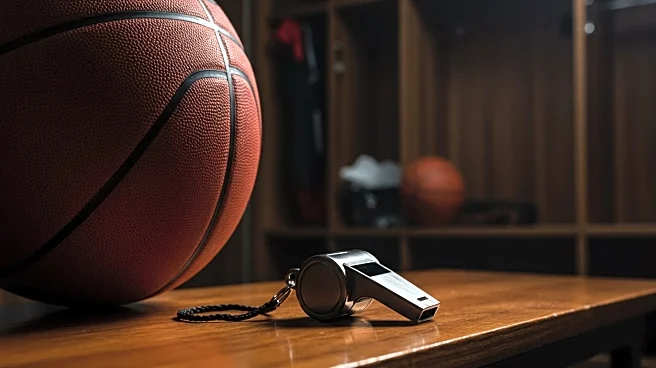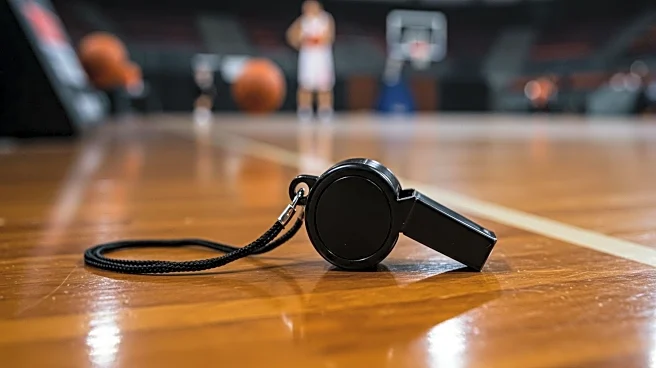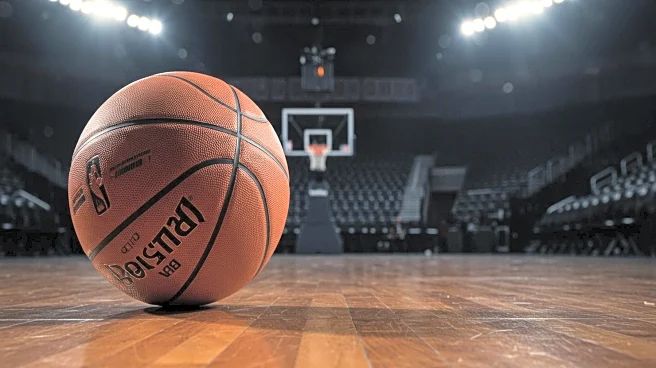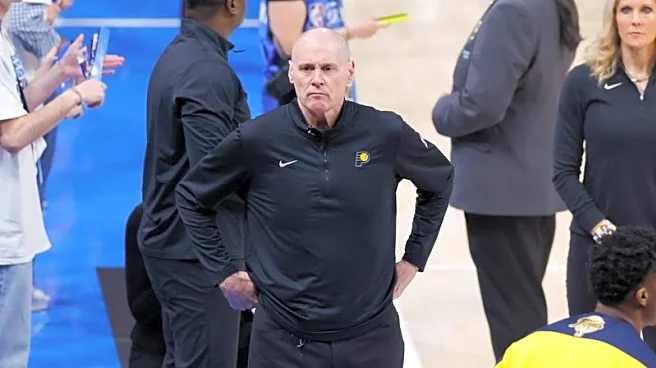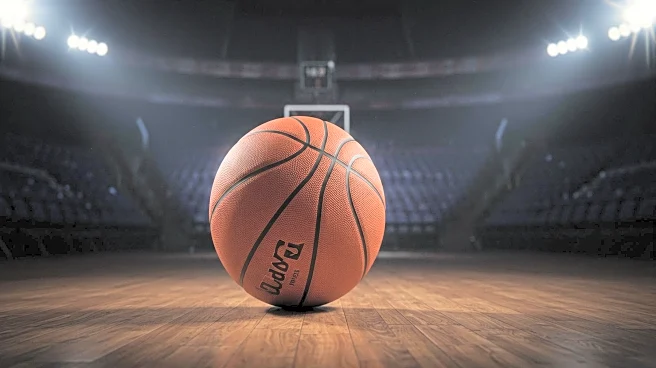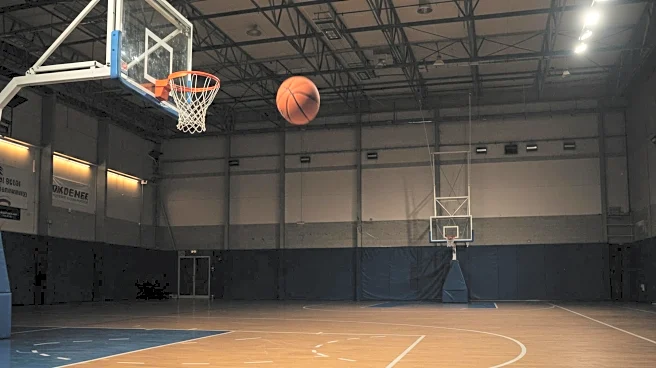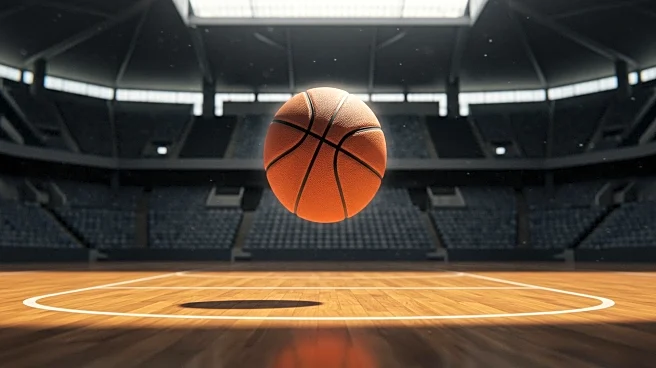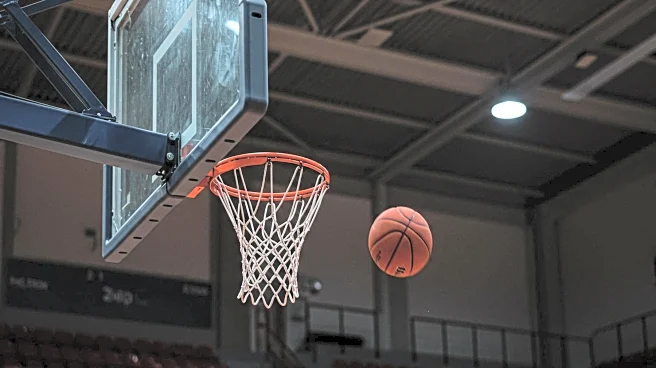

If the 2025 playoffs taught us anything, it’s that youth and depth may be the way forward in today’s NBA. Just ask Indiana Pacers head coach Rick Carlisle, who brought his team within one game of winning this year’s championship.
In a recent conversation with Caitlin Cooper of Basketball She Wrote, Carlisle explained that the Pacers played “a lot of guys” to “try to keep our minutes reasonable and try to get into the legs of our opponent.” He added that it’s a “hard style to play,” but things are
changing across the NBA, in part due to the league’s latest collective bargaining agreement.
“The NBA game has now become a play-hard league,” Carlisle said. “It’s not just being top-heavy with stars. Roster construction is changing. It’s become more important to have more good players than be top-heavy with two or three great players that get all the touches.”
If only the Sixers had gotten that memo ahead of last offseason. Instead of spreading their $60-plus million of salary-cap space to build a two-stars-and-depth model behind Joel Embiid and Tyrese Maxey, they spent a majority of it on Paul George. The 34-year-old proceeded to miss 41 games during his debut campaign with the Sixers and underwent an arthroscopic procedure on his left knee last month.
The Sixers doubled down on their Big Three model last September when they signed Embiid to a three-year max extension that’s worth a projected $187.6 million. Embiid played only 19 games, largely due to his balky left knee, and it’s currently unclear whether he’ll be cleared to participate by the start of training camp.
To the Sixers’ credit, they’ve done an admirable job pivoting toward the younger-and-deeper model that the Pacers and Oklahoma City Thunder rode to the 2025 NBA Finals. They landed an athletic marvel in VJ Edgecombe with the No. 3 pick in this year’s draft, signed 24-year-old forward Trendon Watford to a two-year, veteran-minimum deal and added young forwards Jabari Walker and Dominick Barlow on two-way contracts.
Even if Embiid and George are in and out of the lineup for the second straight season, the Sixers’ young guards could be the foundation of the team, especially if (when?) they re-sign Quentin Grimes. They wouldn’t be a championship contender by any means, but Maxey, Edgecombe, Grimes, Jared McCain, Watford, Walker, Barlow, Justin Edwards and Adem Bona should at least be able to fly up and down the floor.
The problem is that the Sixers also might have $105-plus million in contractual dead weight hanging around their necks. Unless Embiid and/or George can stay healthy and return to their All-Star form, they’ll be among the worst contracts in the NBA. Even if they do, it’s fair to wonder how long they’ll hold up playing this way throughout the regular season.
At his peak, Embiid was one of the most dominant scorers in NBA history. His combination of size and touch made him nearly unstoppable, particularly at the elbow. However, he’s never been the most fleet of foot, especially in recent years. He’s often trailing the play as he lumbers up and down the floor. Opponents routinely took advantage of that even before his latest knee injury.
The solution—assuming there even is one—might be something that Embiid has long been loathe to embrace.
Typically, Embiid prefers to play for the entire first and third quarter, catch a breather at the beginning of the second and fourth quarters, then come back for closing time. However, he’s often running on empty toward the end of those 12-minute stretches. If more teams embrace the OKC/Indiana strategy of rotating more players to keep fresh legs on the floor, that could put Embiid at an even greater disadvantage toward the end of his shifts.
The Sixers’ medical team will assuredly work closely with Embiid and George this year to prevent the chronic injury issues that besieged them last year. Whenever they’re cleared to play, one would think they’ll ramp up slowly, particularly early in the season. Bona and Edwards can’t fully replicate the impact of Embiid and George, but even 20-25 minutes from those two is better than zero minutes.
This will require an adjustment from Nick Nurse, too. During his final few seasons with the Toronto Raptors, Pascal Siakam, OG Anunoby and Fred VanVleet were all among the league leaders in minutes per game. Nurse also fell into that trap with Maxey early last season with Embiid and George sidelined. Maxey averaged 39.7 minutes per game over his first seven games before suffering a hamstring strain that sidelined him for two weeks.
The Sixers likely aren’t getting out of Embiid and George’s contracts before the start of the season. They’re pot-committed to the Big Three model for the time being, for better or worse. While they won’t have the more egalitarian salary structure of a team like the 2024-25 Pacers or Thunder, they could at least emulate that style of minutes distribution.
If they don’t, history may be doomed to repeat itself.
